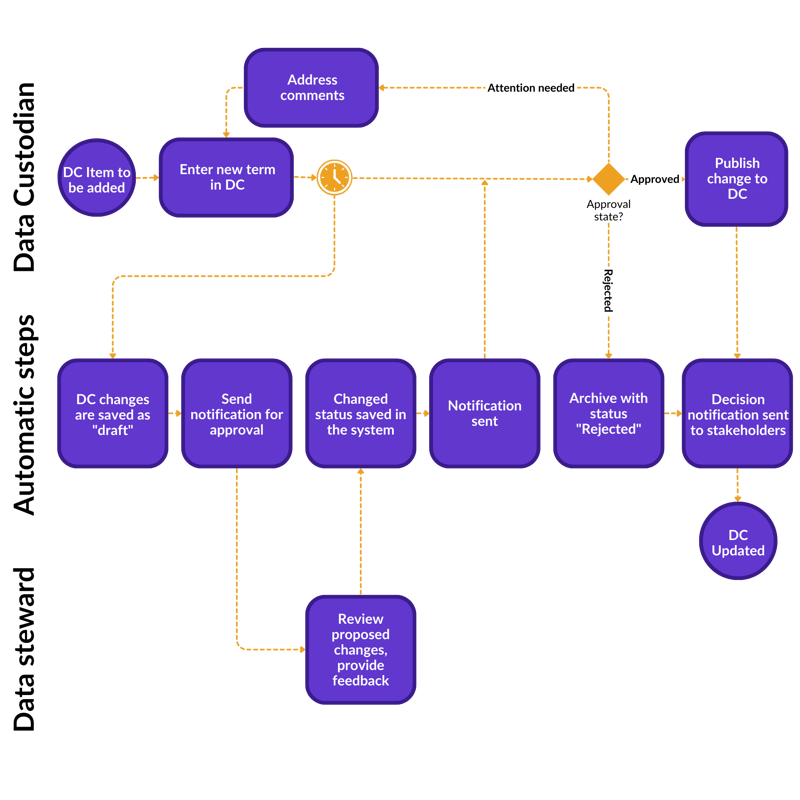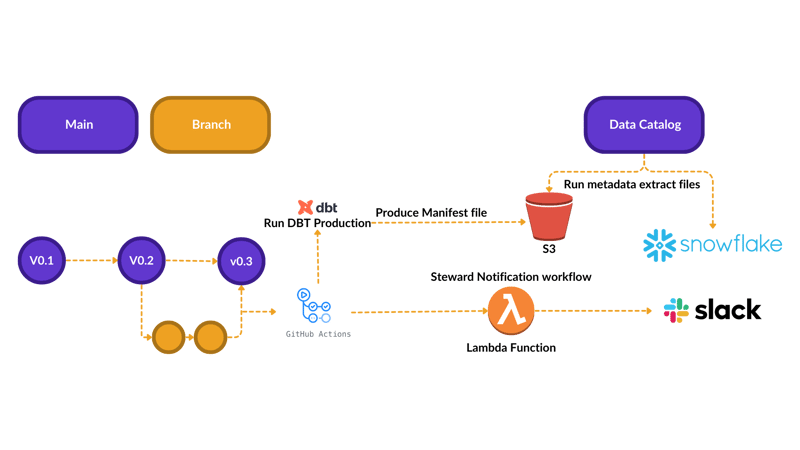Data Governance
Data Catalog: Selection and Implementation.
Unlock better data governance and discovery—implement a data catalog with Infostrux to streamline metadata management and maximize business insights.


Govern and Discover
your Data Assets at Scale
Depending on where you are in your data journey, you may be looking to implement a data catalog or a custom metadata management strategy. Metadata management is an essential foundational capability in any modern data stack. An effective metadata management strategy and implementation is critical to a comprehensive data strategy.
We take a tactical approach with clients to align your strategy and implementation with value creation for your business.
We understand what metadata needs to be managed and help you build a governance framework to manage it effectively in the data product lifecycle.
Once requirements are precise, we will help clients select and implement an appropriate modern data catalog tool or a custom solution to act as a metadata repository and provide efficiencies across metadata management activities.
Metadata Management Strategy
The value that can be gained from implementing a modern data catalog can be immense for your organization.
It should serve as a knowledge repository where knowledge workers like data scientists, business analysts, security and compliance officers, and data engineers can look, understand, discover, and govern data assets at scale.
Often, we see clients who purchase or implement an open-source data catalog that sits there largely unused.
Data teams will treat the implementation as simply a technical endeavor. Its essential to think of your implementation strategically and address some of the various aspects of a successful metadata management strategy.
We will sit with you and your team and help you understand the various aspects of metadata management, formulate an implementation plan, and execute it.

Governance and Workflow Development
Understanding how the data catalog fits into the larger data product lifecycle is one of the most helpful ways to start a successful data catalog implementation.
Understanding what metadata needs to be extracted from the technical fabric, and what governance checks need to be put in place along the way, creates the foundation for the data product release process.
To create these workflows requires a sociotechnical approach, leveraging automation in the technical fabric and implementing appropriate roles and responsibilities among the organization.
This ensures all data assets are well curated and governed based on well-understood requirements.


Technical Automation
From a technical perspective, most modern data catalogs come with various connectors to connect to source systems, databases, data integration tools, and data modelling tools.
This is the perspective most people think of when setting up a catalog for the first time. However a more nuanced technical strategy is needed.
Metadata extraction needs to be orchestrated to data product release cycles and filtered for the correct metadata per source, blindly extracting metadata without curation or governance will result in a metadata swamp.
Additionally technical automation should be leveraged to automate as much of the curation and governance activities as possible for operating at scale.
The diagram is an example of integrating curation and governance activities into the technical fabric of the data product release process.
Key outcomes
Discoverability of critical data assets for knowledge workers
Improved Data Quality
Improved Governance of data assets for privacy and compliance
Enhanced Data Product Lifecycle Maturity
Enhanced experience of internal and external customers

Activities
-
Metadata Strategy development
-
Requirements Identification
-
Tool Selection and Assessment
-
Tool Integration in Data Product Lifecycle
-
Governance Framework development - Metadata focused
-
Configuration of metadata extractors
-
Metadata modeling
Are you ready to leap forward with your data?
No matter where you are in your data cloud journey or what industry you come from, our team of experts is ready to embed themselves into your existing structure, pinpoint the value in your data, and help you achieve your business goals.
True innovation with your data awaits. Are you ready?

